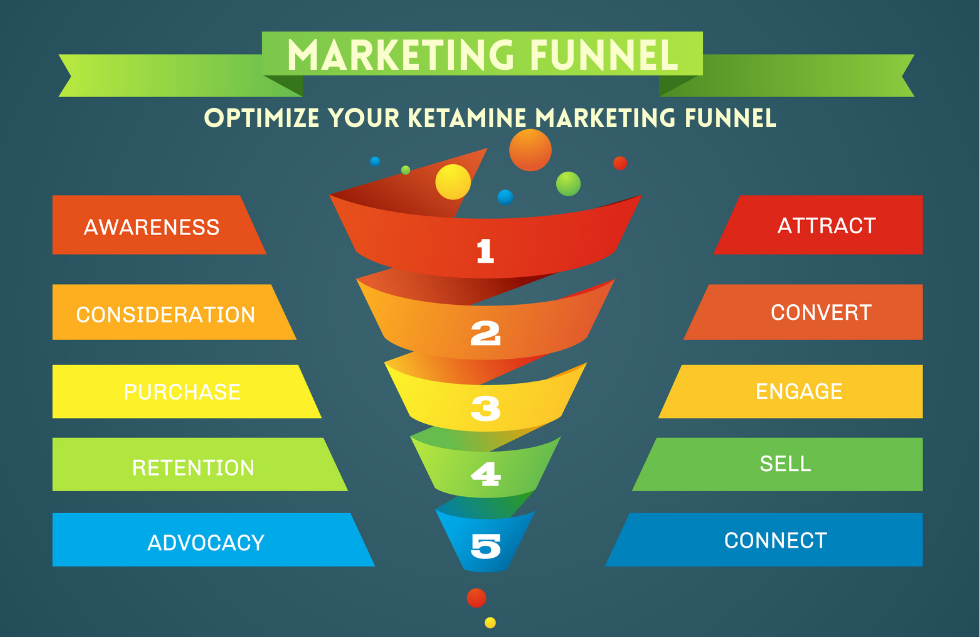Raising capital is a crucial milestone for any startup. However, before investors commit their funds, they conduct a comprehensive evaluation known as due diligence. This process helps them assess the viability, potential risks, and growth prospects of your business. For startup founders, being well-prepared with a thorough due diligence checklist can significantly enhance credibility and streamline the investment process.
1. Company Overview
- Business Plan: A clear, concise business plan outlining your mission, vision, products/services, target market, competitive landscape, and growth strategy. This should include an executive summary, company description, market analysis, organizational structure, product line, marketing strategies, funding request, financial projections, and an appendix with supporting documents.
- Executive Summary: A high-level overview highlighting key business aspects and objectives. It should capture the essence of your startup, detailing your unique value proposition, growth potential, and what sets you apart from competitors.
- Company History: Timeline of significant milestones and achievements, including product launches, revenue milestones, strategic partnerships, and other notable accomplishments.
- Mission and Vision Statements: Clearly articulated mission and vision statements that define the purpose and long-term goals of the startup.
2. Legal Documentation
- Incorporation Documents: Articles of incorporation, bylaws, and operating agreements, detailing the legal foundation of the company, including its structure, governance, and ownership.
- Intellectual Property (IP): Patents, trademarks, copyrights, and IP ownership documents. Provide evidence of registered IP, pending applications, and strategies for protecting proprietary technology and processes.
- Contracts and Agreements: Customer contracts, supplier agreements, partnership deals, NDAs, employment contracts, licensing agreements, and distribution agreements. Ensure all contracts are up-to-date and legally binding.
- Litigation History: Details of any past, ongoing, or potential legal disputes, including outcomes, current status, and potential financial implications.
- Regulatory Compliance: Documentation of compliance with industry regulations, certifications, licenses, and permits required for legal operation.
3. Financial Information
- Financial Statements: Income statements, balance sheets, and cash flow statements for the past 2-3 years. These should be prepared according to standard accounting practices and audited if possible.
- Projections: Detailed financial forecasts, including revenue, expenses, and profit projections for the next 3-5 years. Include assumptions behind projections to provide context.
- Capitalization Table: Breakdown of equity ownership, including shares held by founders, employees, and investors. Highlight any convertible securities, stock options, and warrants.
- Debt Obligations: Information on outstanding loans, credit lines, and liabilities, including repayment terms, interest rates, and covenants.
- Tax Returns: Corporate tax returns for the past 2-3 years to verify financial data and tax compliance.
- Accounts Receivable and Payable: Detailed lists showing outstanding invoices and debts, along with aging reports.
4. Operational Details
- Organizational Structure: Org chart with roles and responsibilities of key team members. Include bios, professional backgrounds, and contributions of the leadership team.
- Employee Information: List of employees, employment contracts, compensation details, benefits, stock options, and incentive plans. Highlight key hires and critical roles within the company.
- Technology Stack: Overview of core technologies, software, and IT infrastructure supporting your business operations. Include details on proprietary technology, third-party integrations, and cybersecurity measures.
- Supply Chain Details: Key suppliers, vendors, logistics partners, and terms of agreements. Provide insights into supply chain stability, risks, and contingency plans.
- Operational Processes: Detailed descriptions of standard operating procedures (SOPs), workflows, and quality control mechanisms.
5. Market and Competitive Analysis
- Market Research: Data on market size, trends, customer demographics, and growth potential. Use industry reports, surveys, and market intelligence to support your claims.
- Competitive Landscape: Analysis of competitors, market positioning, strengths, weaknesses, and differentiators. Include competitor profiles, SWOT analyses, and barriers to entry.
- Go-to-Market Strategy: Sales, marketing, and distribution strategies to capture market share. Outline customer acquisition strategies, channels used, sales processes, and marketing campaigns.
- Customer Segmentation: Detailed breakdown of target customer segments, their needs, behaviors, and how your product addresses them.
- Brand Positioning: Insights into your brand identity, value proposition, and messaging strategy.
6. Customer and Revenue Insights
- Customer List: Key customers, contracts, revenue contributions, and case studies highlighting customer success stories.
- Sales Pipeline: Current prospects, leads, and sales conversion metrics. Provide CRM data, sales performance reports, and lead generation strategies.
- Revenue Streams: Breakdown of revenue sources, pricing models, and monetization strategies. Highlight recurring revenue, one-time sales, and upselling/cross-selling tactics.
- Churn Rate and Retention: Metrics on customer retention, churn rate, and strategies for improving customer loyalty.
- Customer Feedback: Testimonials, reviews, and survey data reflecting customer satisfaction and areas for improvement.
7. Risk Assessment
- SWOT Analysis: Strengths, Weaknesses, Opportunities, and Threats, with strategic plans to leverage strengths and mitigate risks.
- Regulatory Compliance: Industry-specific regulations, licenses, and certifications required for business operations. Document compliance status and future regulatory considerations.
- Insurance Policies: Business insurance coverage details, including general liability, professional liability, property insurance, and cybersecurity insurance.
- Business Continuity Plan: Strategies for disaster recovery, crisis management, and maintaining operations during disruptions.
- Risk Mitigation Strategies: Processes for identifying, assessing, and mitigating business risks.
8. Investor-Specific Documents
- Pitch Deck: A compelling presentation summarizing your business, market opportunity, traction, financials, and investment proposition. Ensure it is visually engaging and concise.
- Term Sheet: Proposed terms of the investment deal, including valuation, investment amount, equity offered, liquidation preferences, and investor rights.
- Exit Strategy: Potential exit scenarios, such as acquisition, IPO, secondary sales, or mergers. Outline timelines, target acquirers, and market conditions that could trigger exits.
- Investment History: Details of previous funding rounds, investors involved, amounts raised, and use of funds.
- Use of Funds: Breakdown of how the new investment will be allocated across business functions (R&D, marketing, operations, etc.).
Final Thoughts
Being prepared with a comprehensive due diligence checklist demonstrates professionalism and transparency, which can significantly influence investor confidence. Regularly updating these documents ensures that you are always ready to seize new investment opportunities and showcase the strength of your startup.
Preparation not only speeds up the due diligence process but also positions you as a credible and capable founder. Investors are not just betting on your product—they’re investing in your ability to execute, adapt, and grow. By meticulously organizing your due diligence materials, you signal that you are ready to scale and manage investor capital responsibly.
Furthermore, due diligence is not just for investors; it’s an invaluable exercise for founders. It helps identify operational gaps, financial inefficiencies, legal vulnerabilities, and strategic misalignments. Embrace the process as an opportunity to strengthen your business from the inside out.













